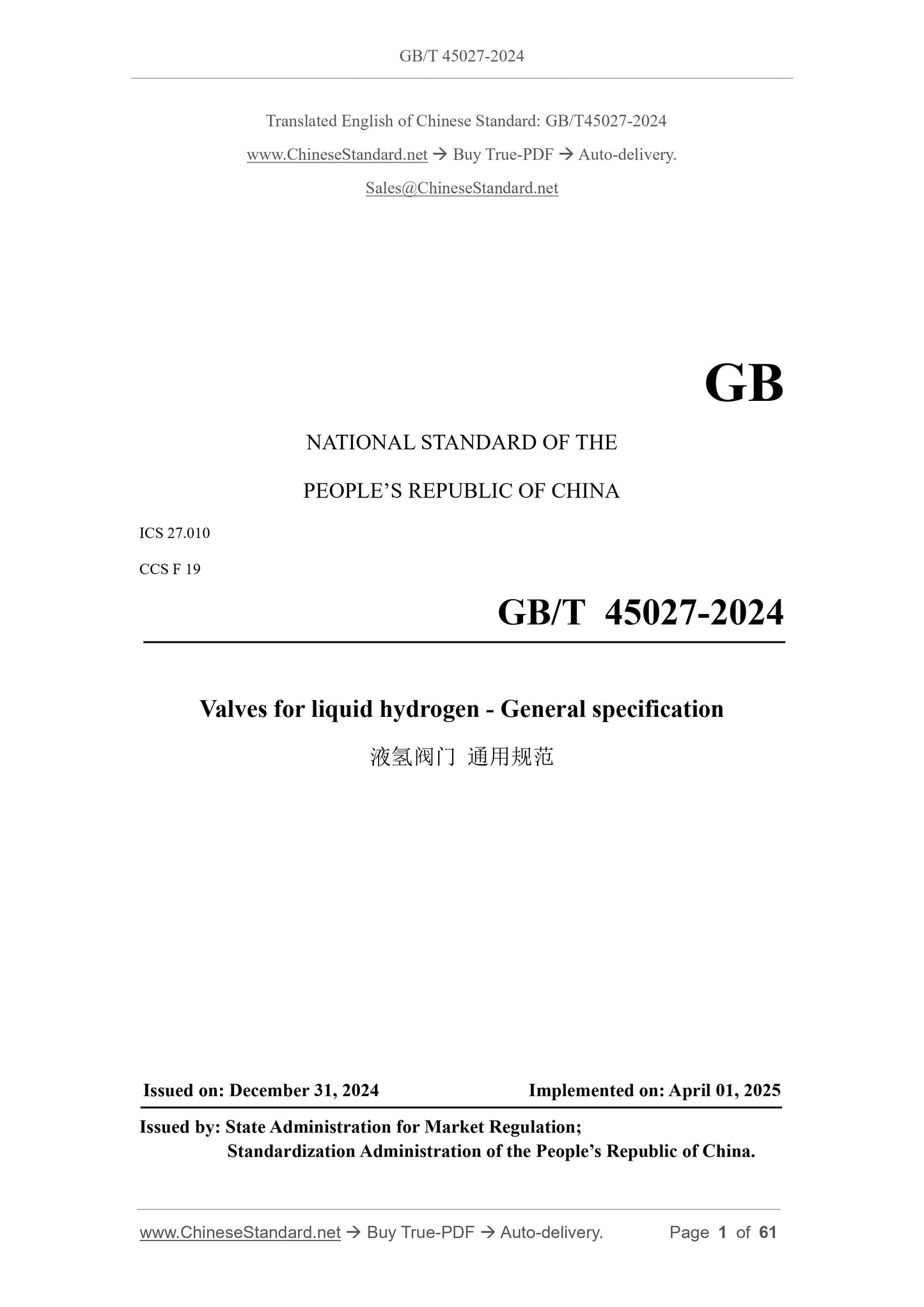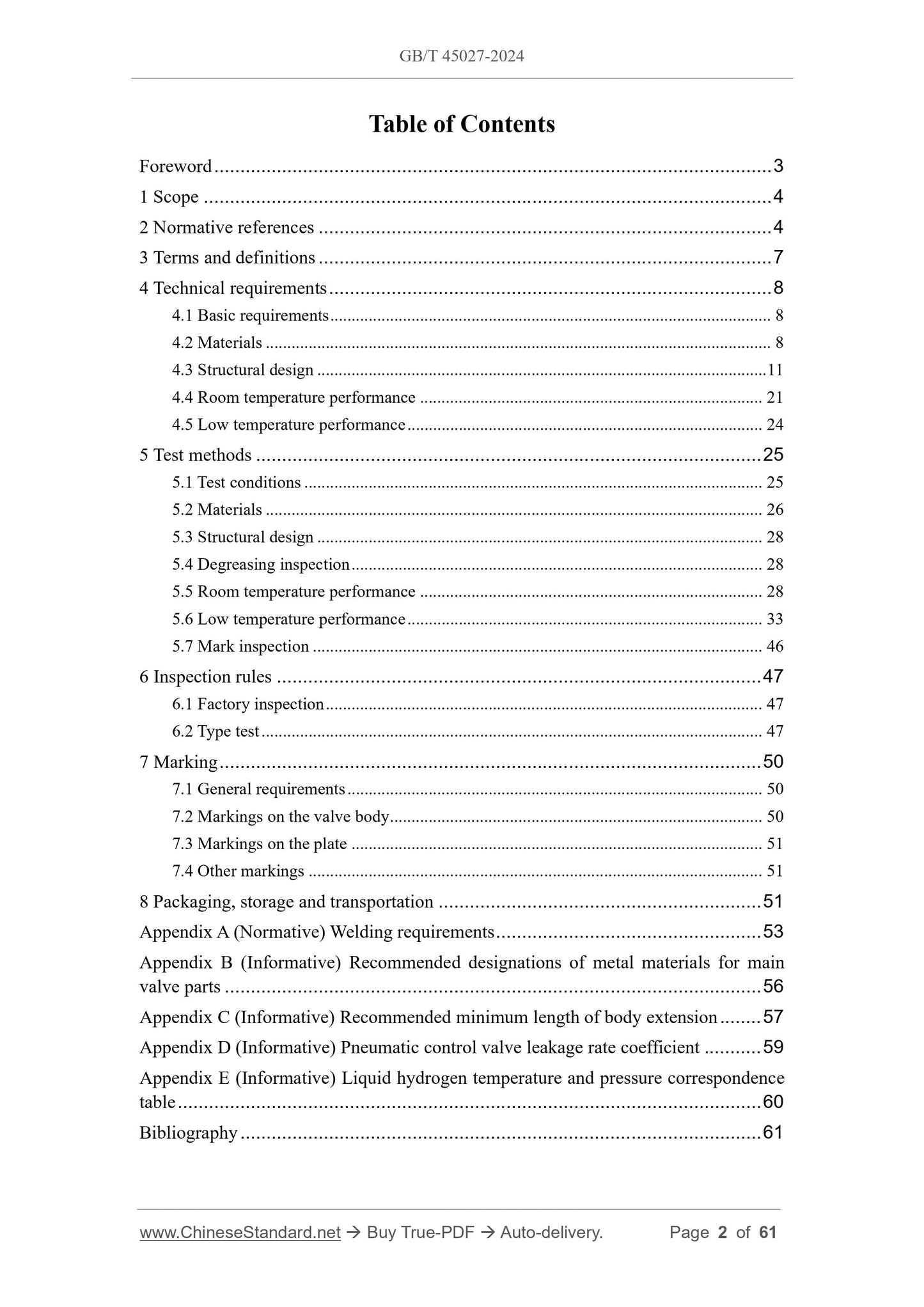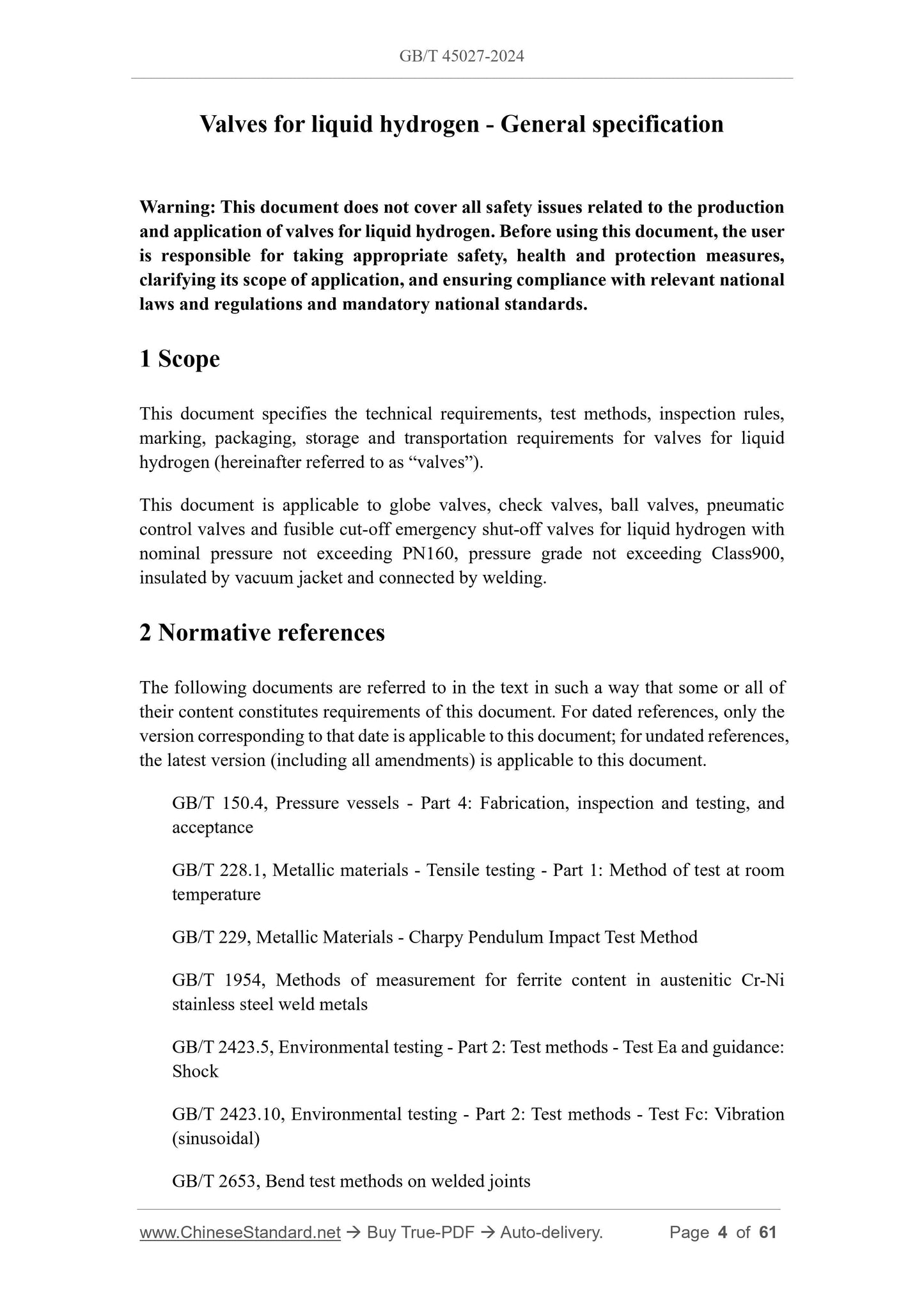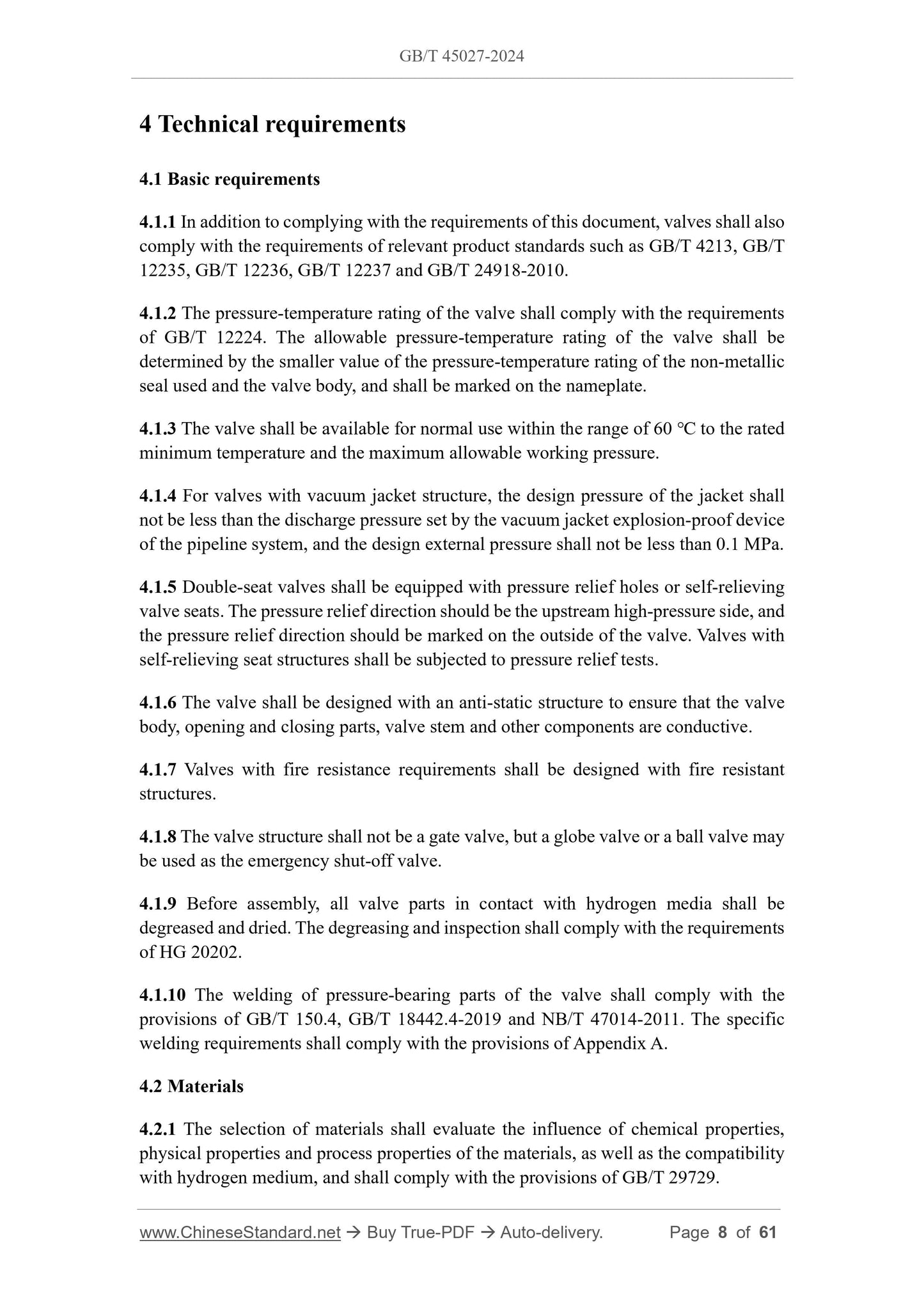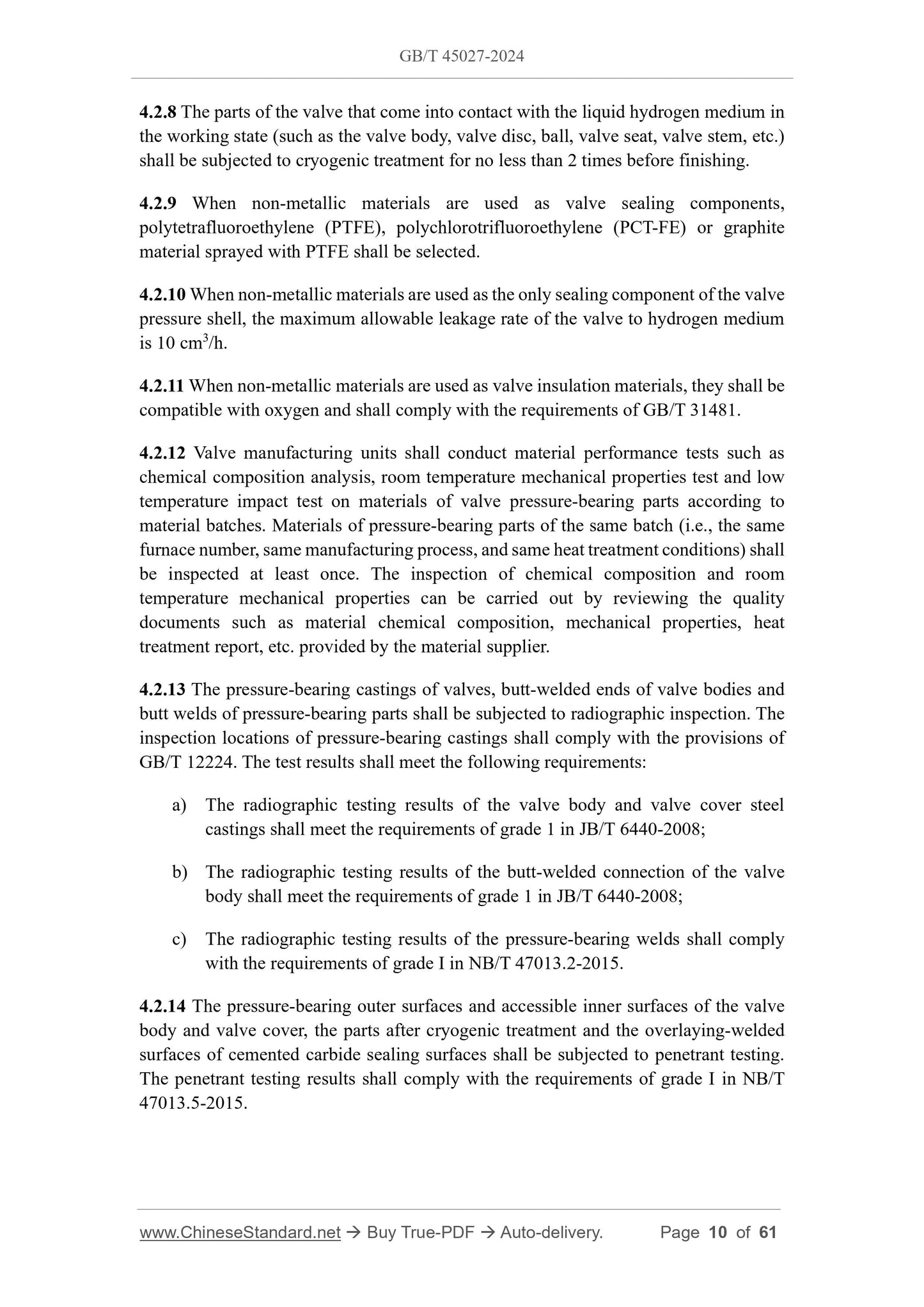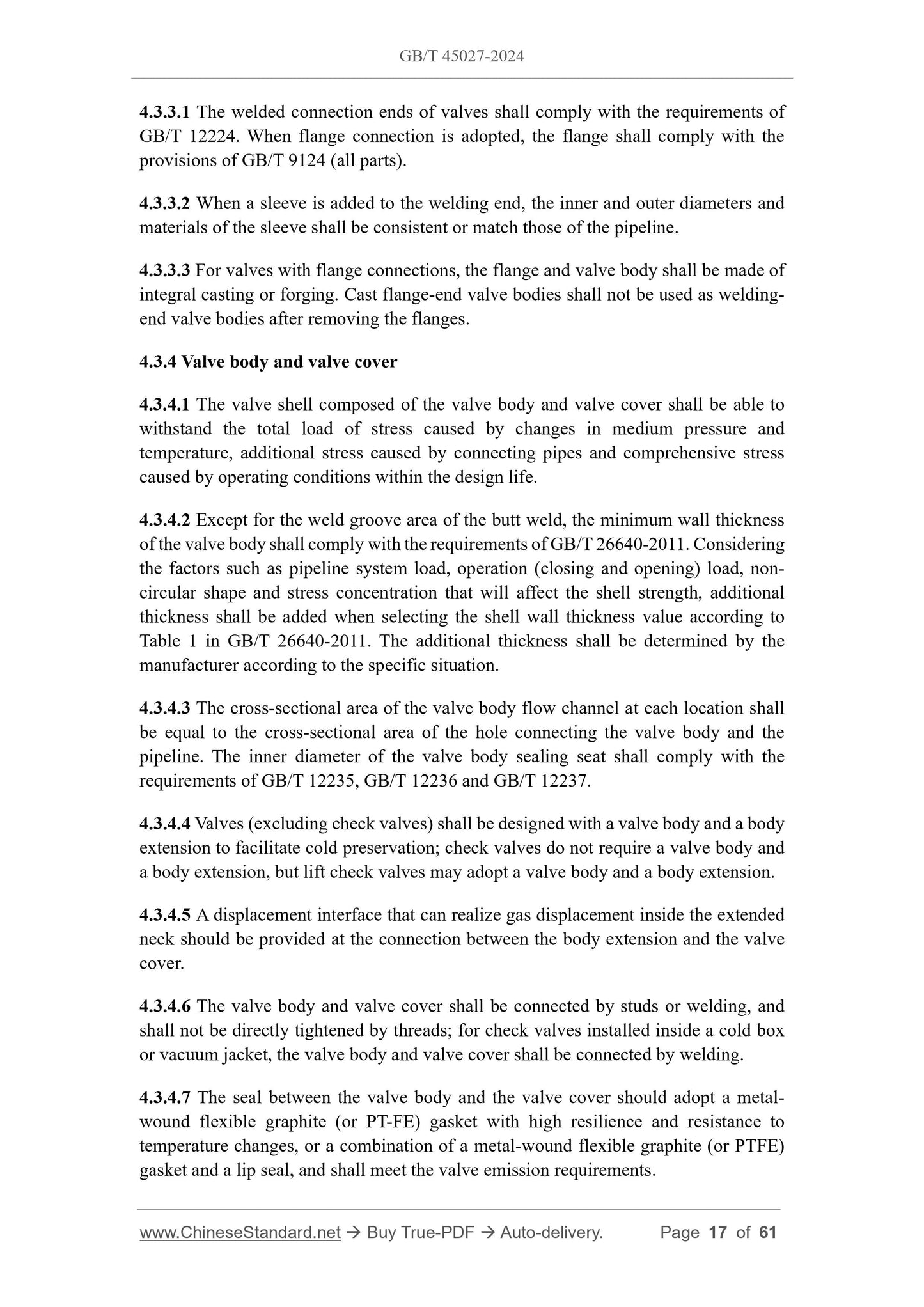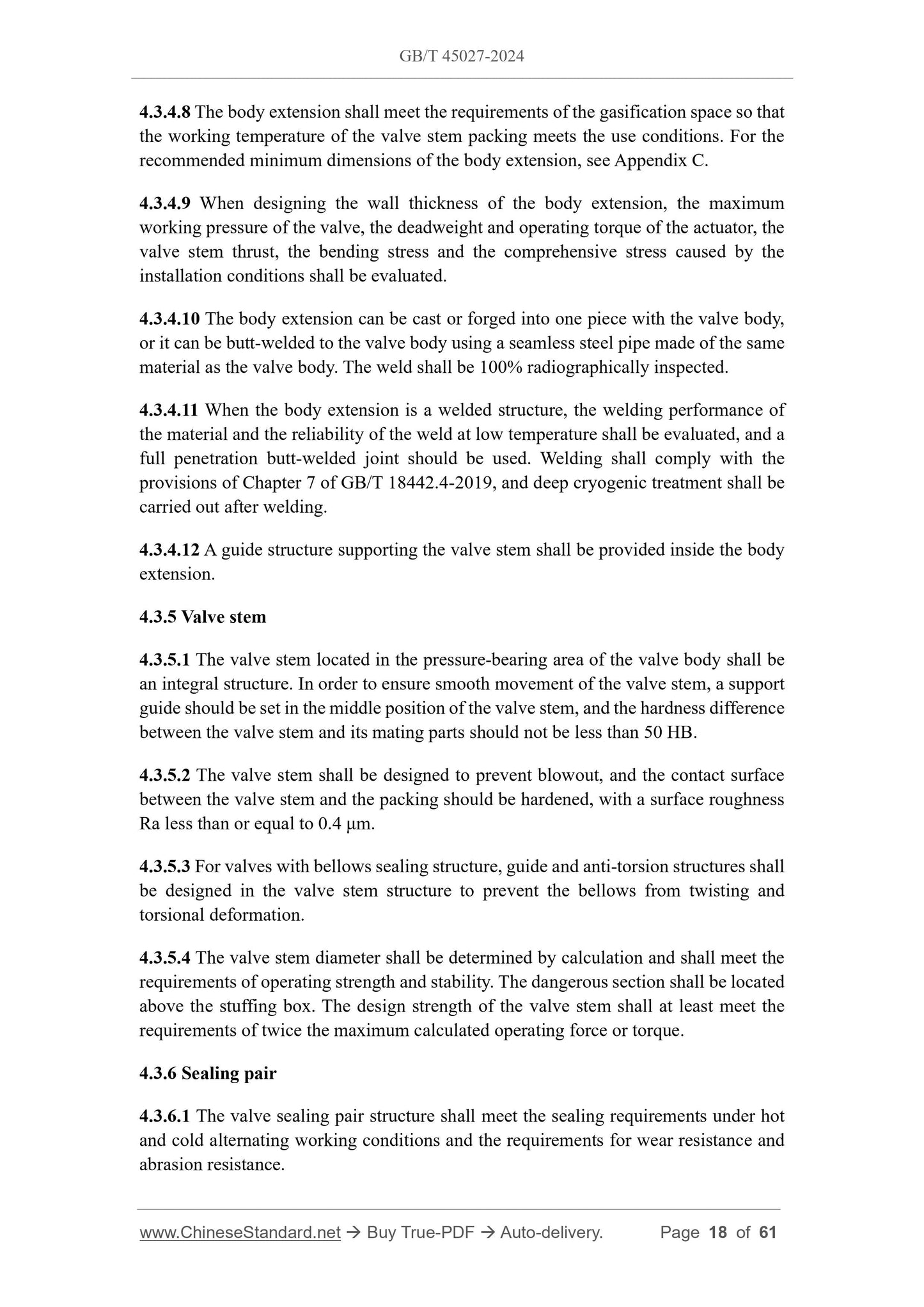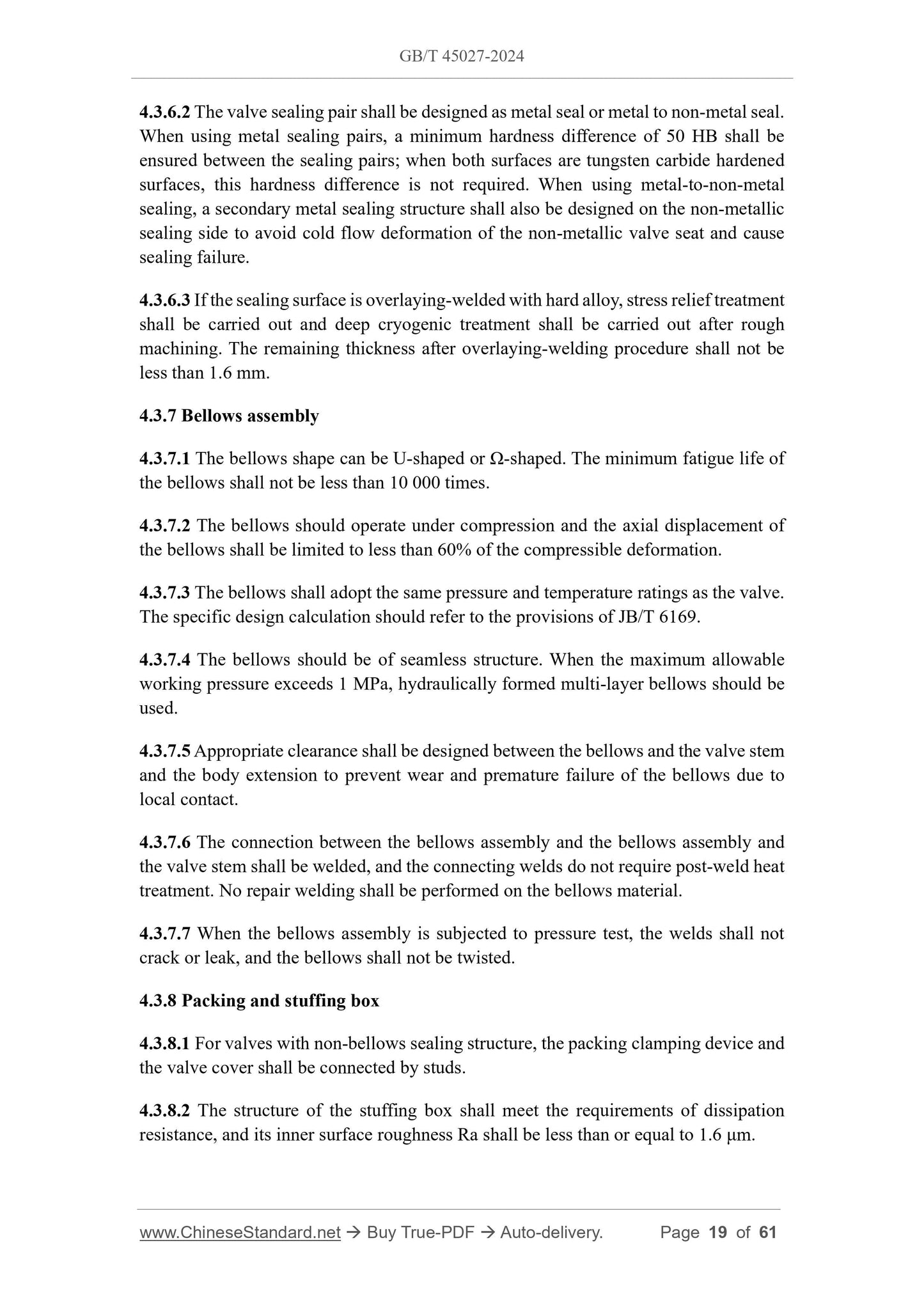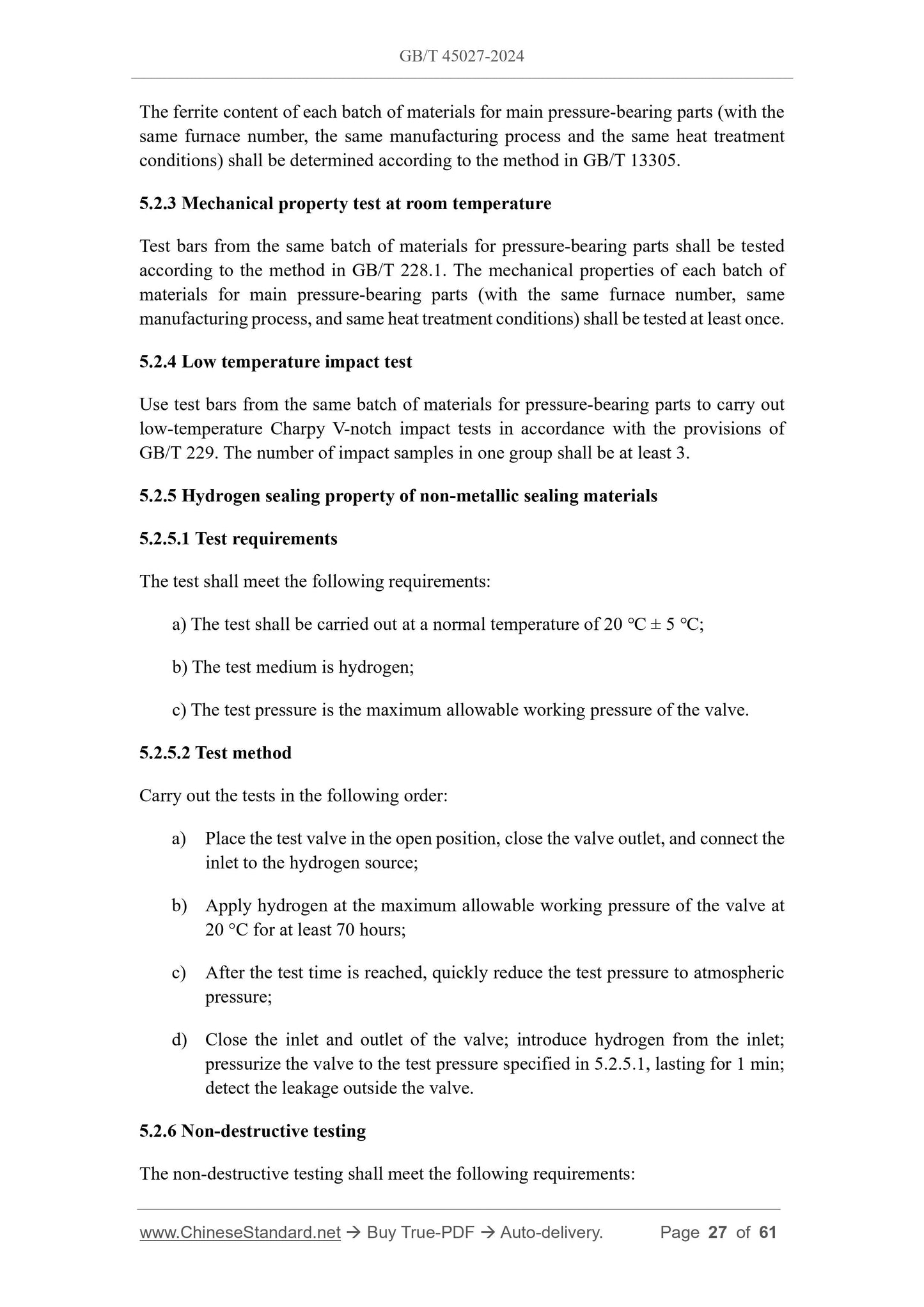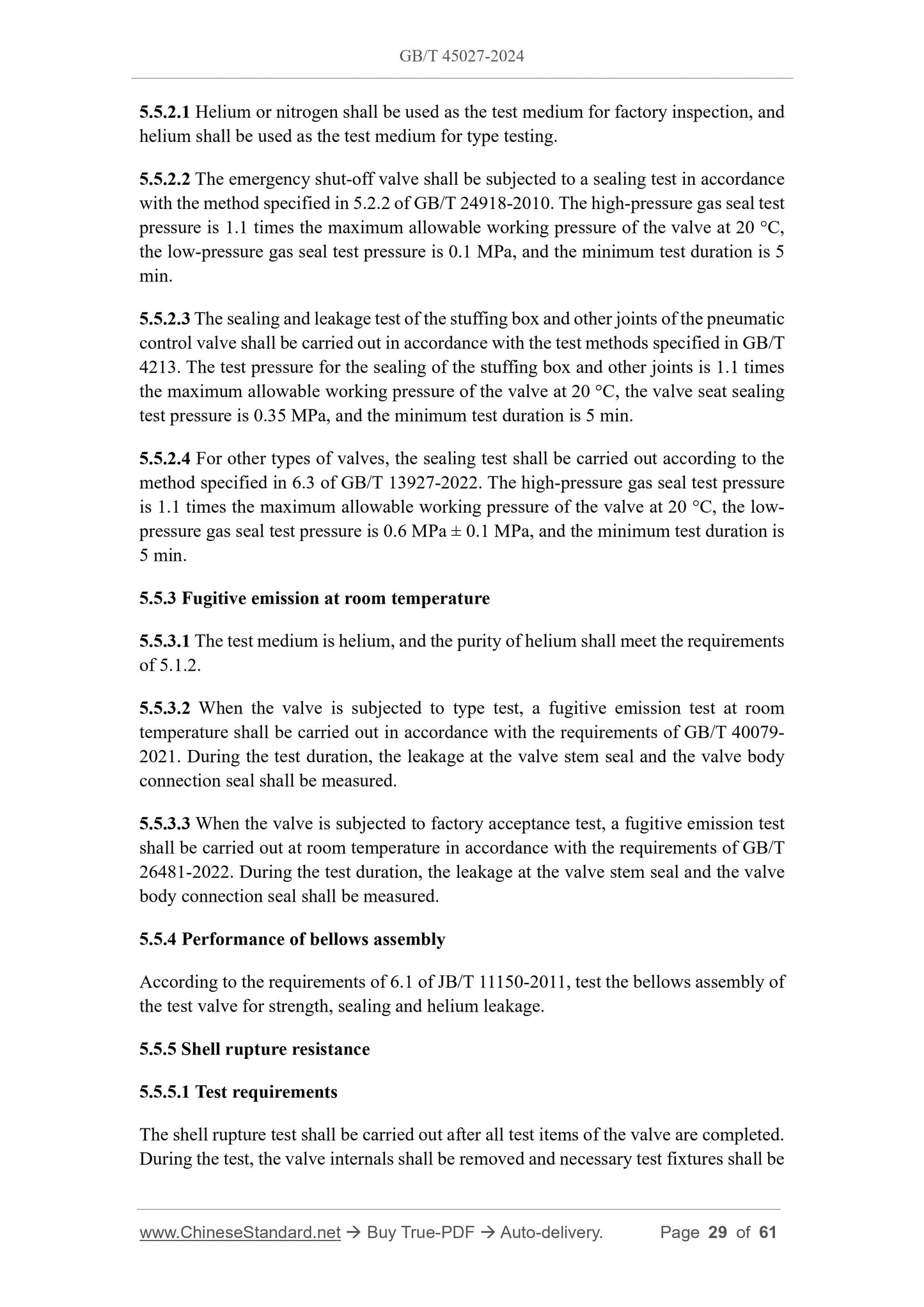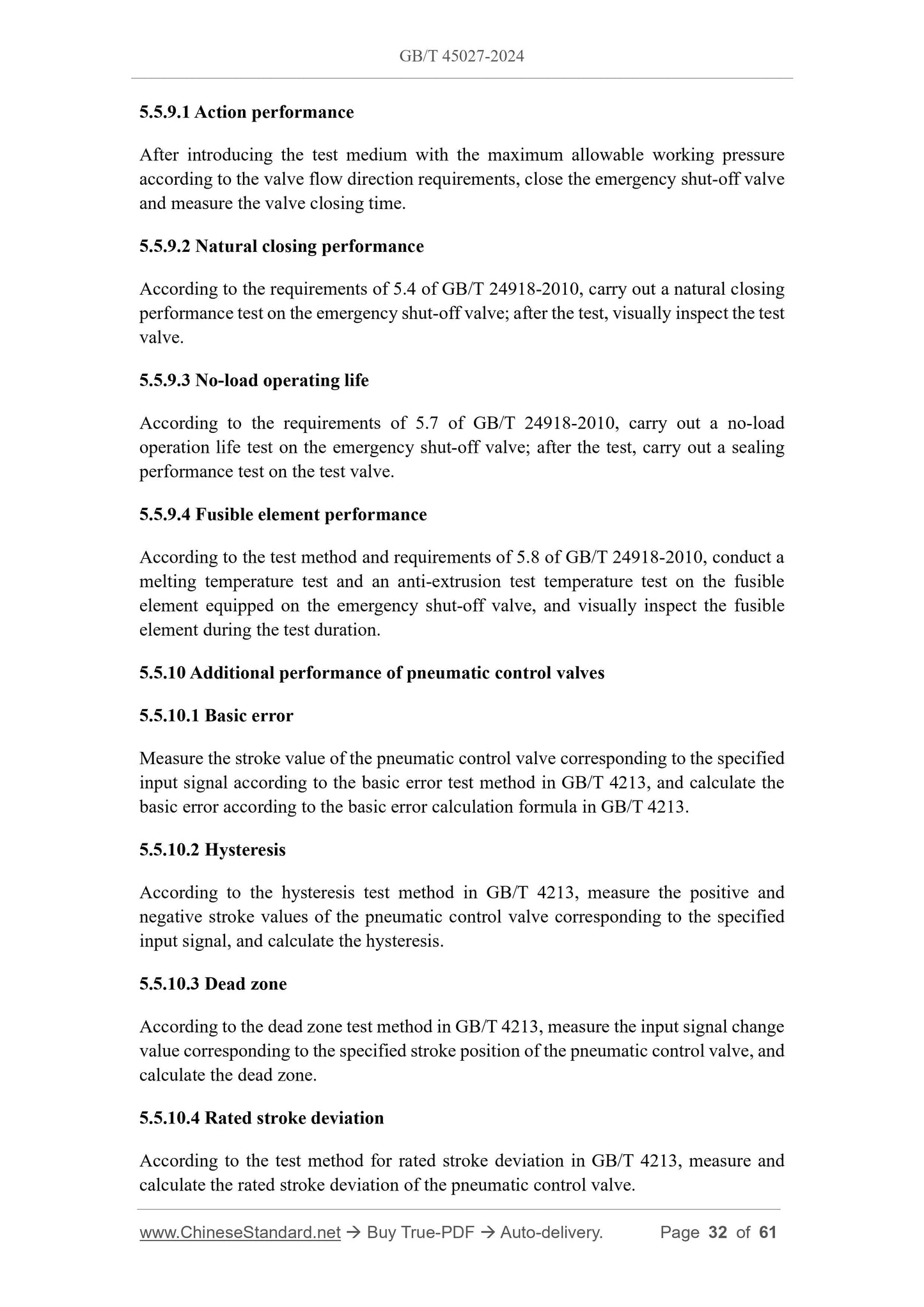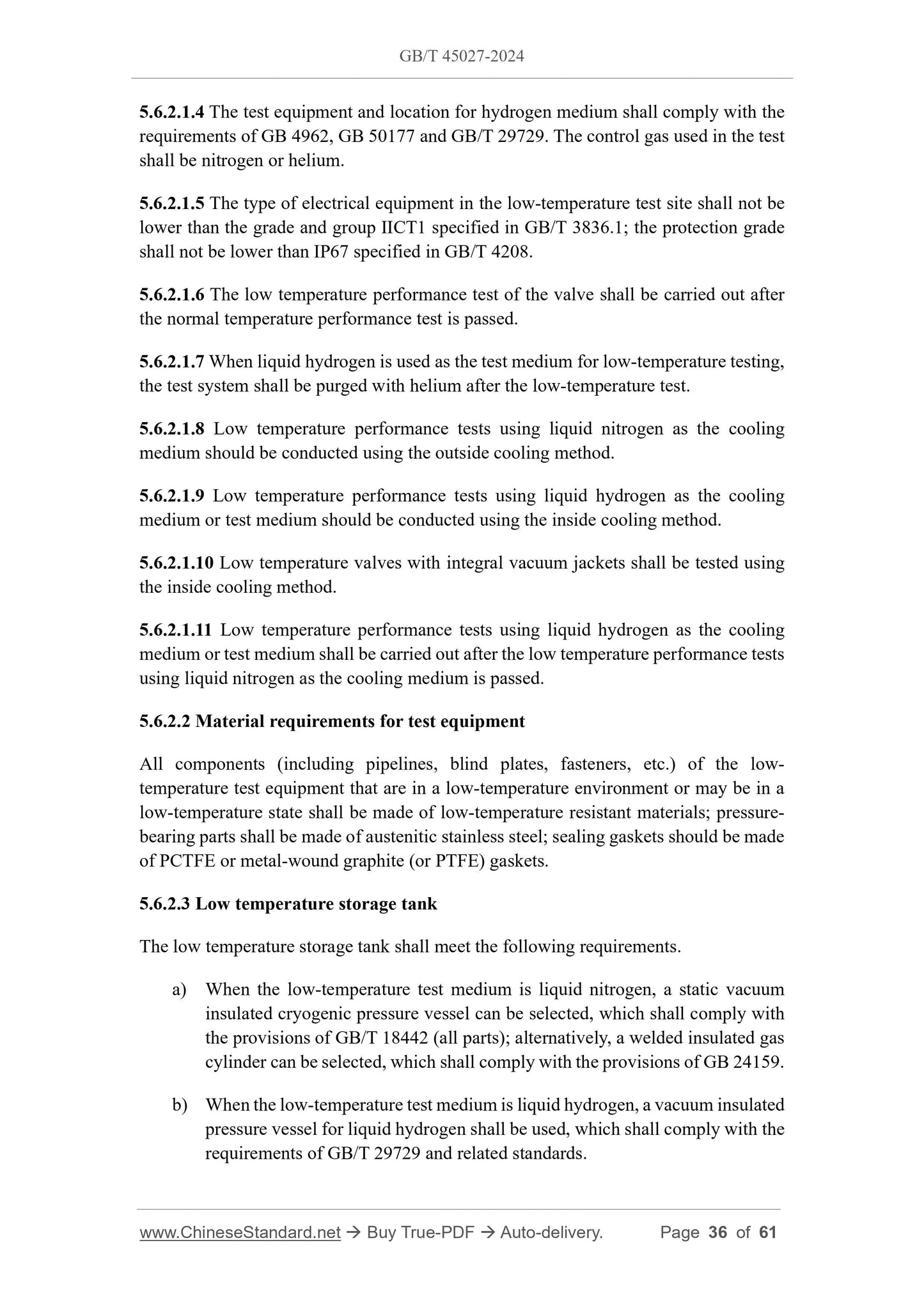1
/
of
12
www.ChineseStandard.us -- Field Test Asia Pte. Ltd.
GB/T 45027-2024 English PDF (GB/T45027-2024)
GB/T 45027-2024 English PDF (GB/T45027-2024)
Regular price
$665.00
Regular price
Sale price
$665.00
Unit price
/
per
Shipping calculated at checkout.
Couldn't load pickup availability
GB/T 45027-2024: Valves for liquid hydrogen - General specification
Delivery: 9 seconds. Download (and Email) true-PDF + Invoice.Get Quotation: Click GB/T 45027-2024 (Self-service in 1-minute)
Newer / historical versions: GB/T 45027-2024
Preview True-PDF
Scope
This document specifies the technical requirements, test methods, inspection rules,marking, packaging, storage and transportation requirements for valves for liquid
hydrogen (hereinafter referred to as “valves”).
This document is applicable to globe valves, check valves, ball valves, pneumatic
control valves and fusible cut-off emergency shut-off valves for liquid hydrogen with
nominal pressure not exceeding PN160, pressure grade not exceeding Class900,
insulated by vacuum jacket and connected by welding.
Basic Data
| Standard ID | GB/T 45027-2024 (GB/T45027-2024) |
| Description (Translated English) | Valves for liquid hydrogen - General specification |
| Sector / Industry | National Standard (Recommended) |
| Classification of Chinese Standard | F19 |
| Classification of International Standard | 27.010 |
| Word Count Estimation | 46,455 |
| Date of Issue | 2024-12-31 |
| Date of Implementation | 2025-04-01 |
| Issuing agency(ies) | State Administration for Market Regulation, China National Standardization Administration |
Share
